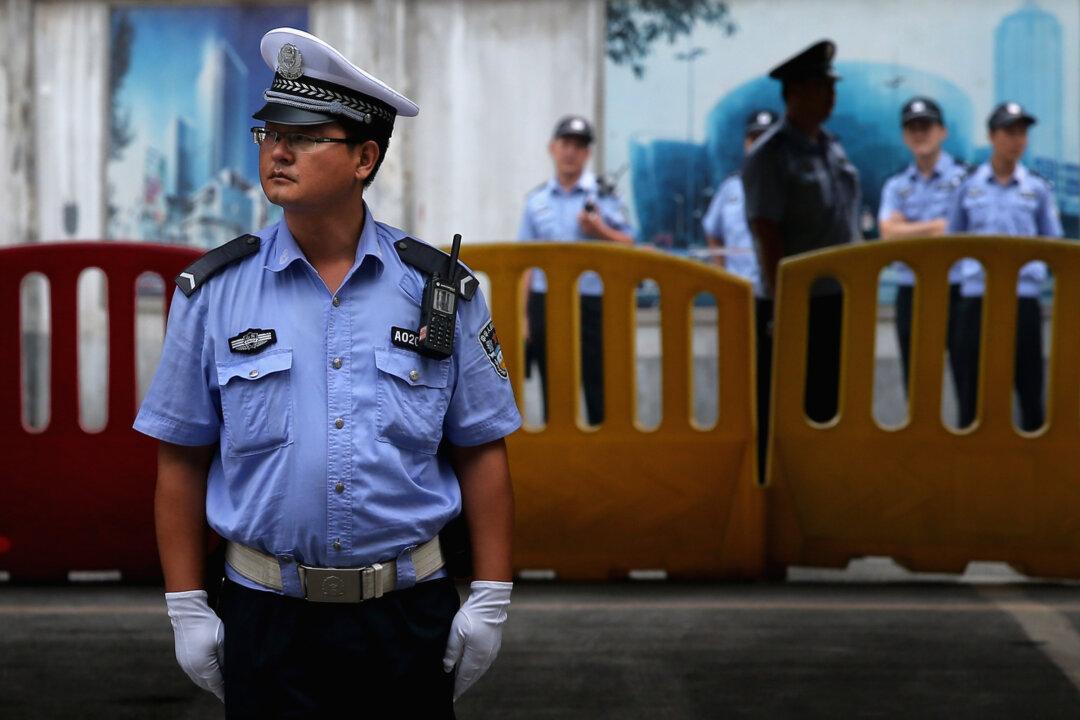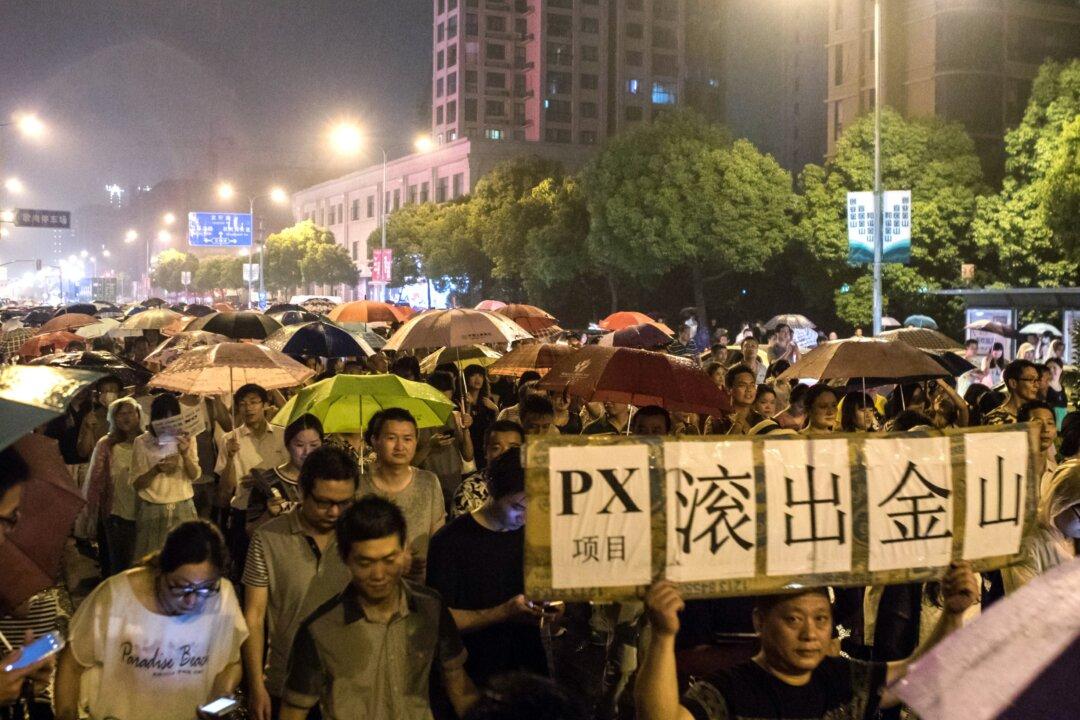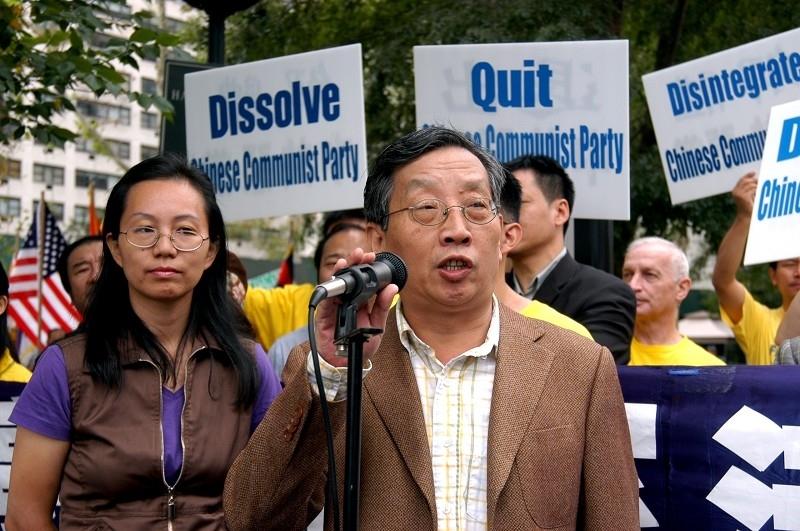Local Chinese governments have turned industrial output figures into “number games,” according to a Feb. 14 report by regime mouthpiece Xinhua. Officials had fabricated actual production values by as much as 80 times in order to demonstrate their competence, as shown by several recently-exposed cases of forged statistics published by authorities in south-central China’s Hunan Province.
The local authorities coerced companies to beef up their production reports and forged documents for firms that no longer existed.
Industrial reports claimed an output worth $45 million, but the true statistic was just $540,000.




